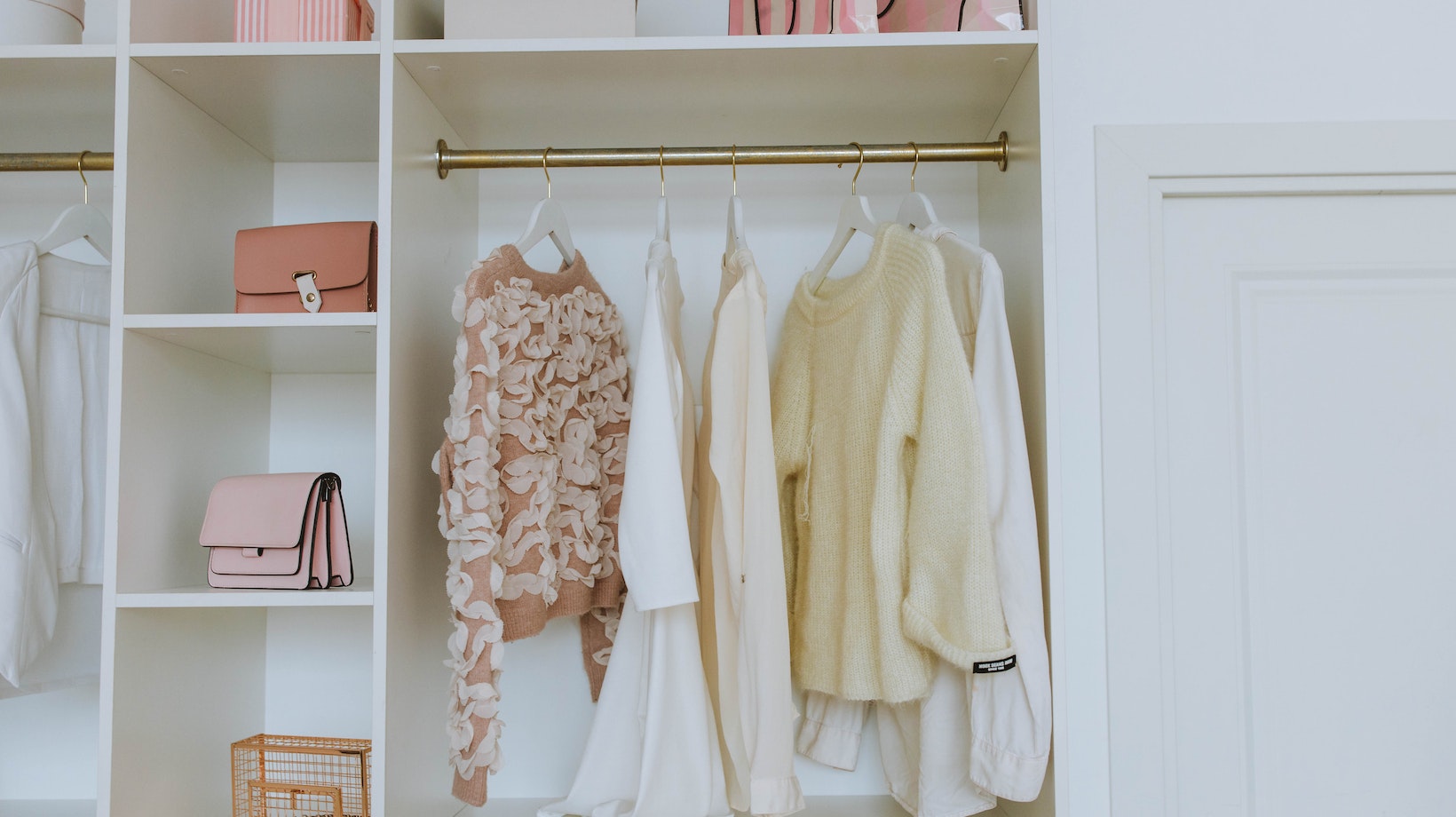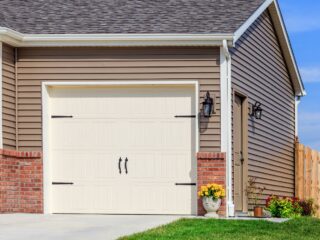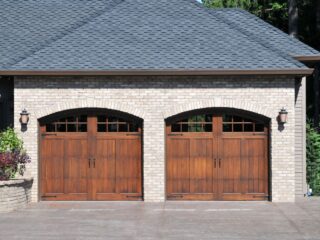
Laundry Closet Doors
When it comes to laundry closet doors, there are a few key factors to consider in order to choose the right one for your space. Let’s take a closer look at what you should keep in mind:
- Space and Layout: Start by assessing the available space in your laundry area. Measure the dimensions of the closet opening to ensure that you select a door that fits properly. Consider whether you have enough clearance for different types of doors, such as swinging or sliding options.
- Functionality: Think about how you use your laundry room and what functionality you need from the door. If space is limited, sliding doors can be a great solution as they don’t require extra room for swinging open. On the other hand, if noise reduction is important to you, solid panel doors may be more suitable than louvered ones.
- Style and Aesthetic: Laundry closet doors can contribute to the overall aesthetic of your home, so choose a style that complements your interior design theme. Whether it’s traditional, contemporary, or somewhere in between, there are various options available including wood, glass-paneled, mirrored, or even frosted designs.
- Durability and Maintenance: Since laundry rooms tend to experience high humidity levels and regular use, it’s crucial to select a door material that can withstand these conditions without warping or deteriorating over time. Opting for materials like fiberglass or vinyl can offer durability while requiring minimal maintenance.
- Privacy and Ventilation: Consider whether privacy is important in your laundry area or if having proper ventilation is more essential. Solid doors provide better privacy while allowing less airflow compared to louvers or glass-panel options which allow air circulation but compromise on privacy.
Types of Laundry Closet Doors
When it comes to laundry closet doors, there are several options available that can enhance the functionality and aesthetics of your space. Let’s explore some of the common types:
- Bi-Fold Doors: Bi-fold doors consist of two panels hinged in the middle, allowing them to fold inwards when opened. These doors are a popular choice for laundry closets as they provide easy access while maximizing space efficiency.
- Sliding Doors: Sliding doors are another practical option for laundry closets. They feature panels that slide along tracks to open and close, making them ideal for smaller spaces where swinging doors might be impractical.
- Pocket Doors: Pocket doors are a space-saving solution that slide into a recessed wall pocket when opened, completely disappearing from view. This type of door is great for tight laundry areas where every inch counts.
- Accordion Doors: Accordion doors consist of multiple vertical panels connected by hinges, allowing them to fold back like an accordion when opened. They offer flexibility in terms of adjusting the size of the door opening based on your needs.
- Louvered Doors: Louvered doors have slatted panels that allow airflow while maintaining privacy. These doors can be a stylish addition to your laundry closet and help with ventilation.

Factors to Consider When Installing Laundry Closet Doors
- Space Constraints: Begin by evaluating the available space in your laundry area. Measure the height, width, and depth of the closet opening to determine the appropriate door size. Keep in mind any obstructions such as shelves or appliances that may affect door swing.
- Door Types: There are various types of doors suitable for laundry closets, including bi-fold doors, sliding doors, pocket doors, and traditional hinged doors. Each type has its own advantages and considerations. For instance, bi-fold or sliding doors can be great options if you have limited space for swing clearance.
- Material Selection: Choose a material that is durable enough to withstand the moisture and humidity often found in laundry areas. Common materials used for laundry closet doors include wood, composite materials, glass panels, or even fabric curtains.
- Ventilation Needs: Proper ventilation is crucial in a laundry room to prevent mold and mildew growth due to trapped moisture. Consider incorporating louvered or slatted designs into your door choice to allow air circulation while maintaining privacy.
- Aesthetics: Laundry closet doors can also contribute to the overall aesthetic appeal of your space. Consider matching them with existing interior design elements or opt for frosted glass panels to add a touch of elegance while still maintaining functionality.





